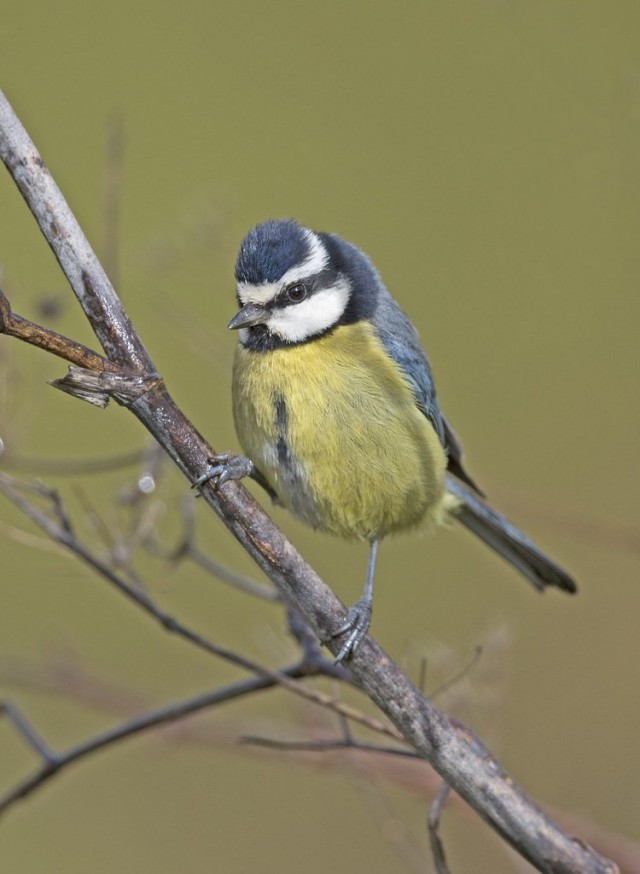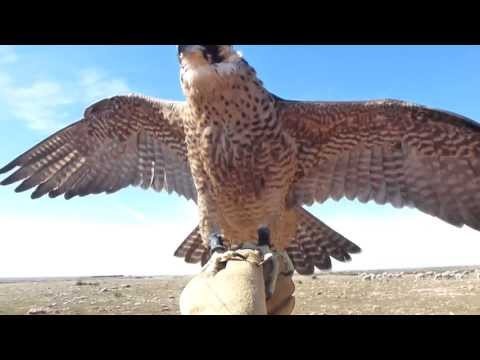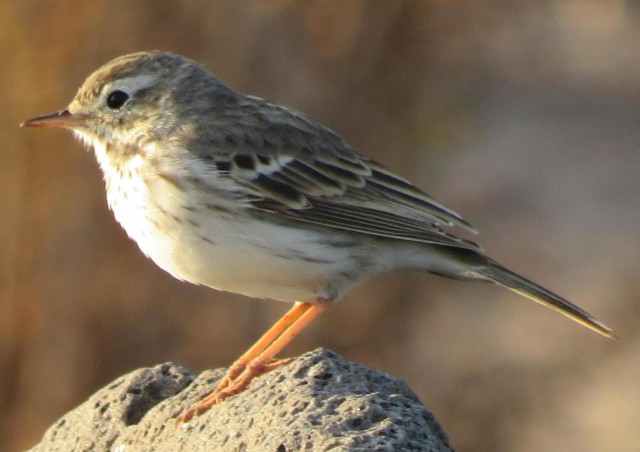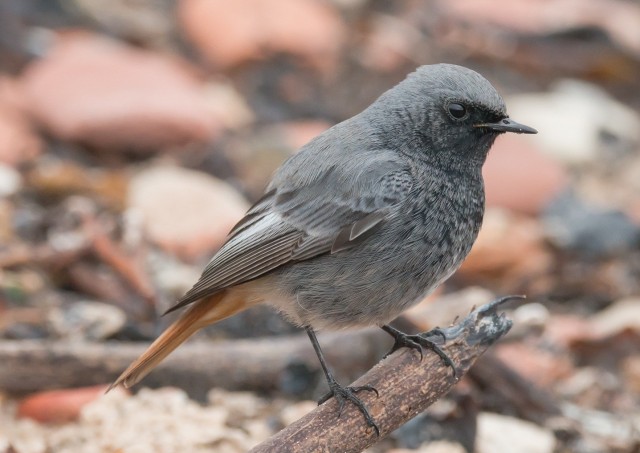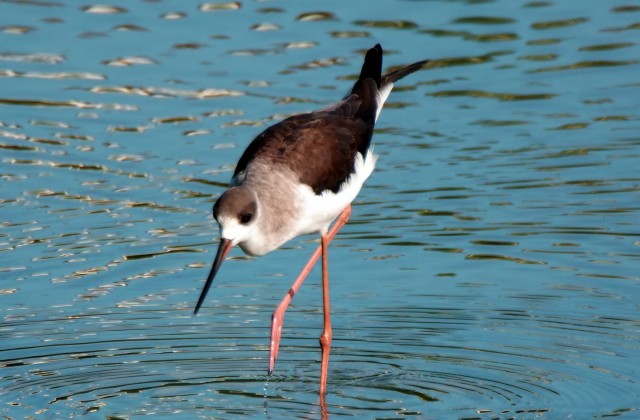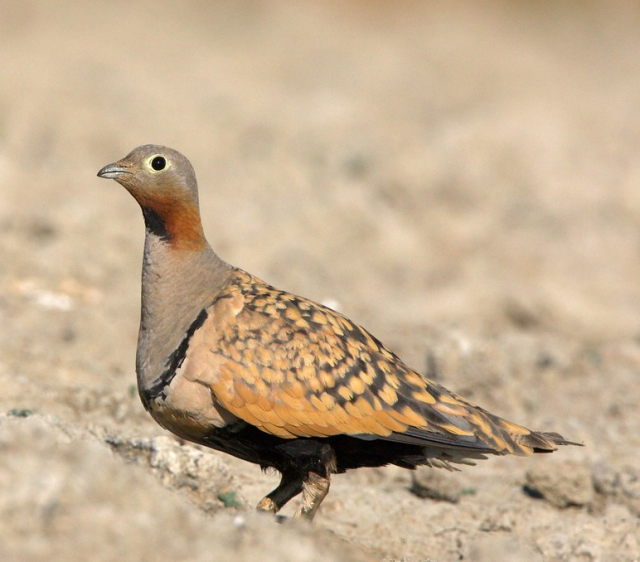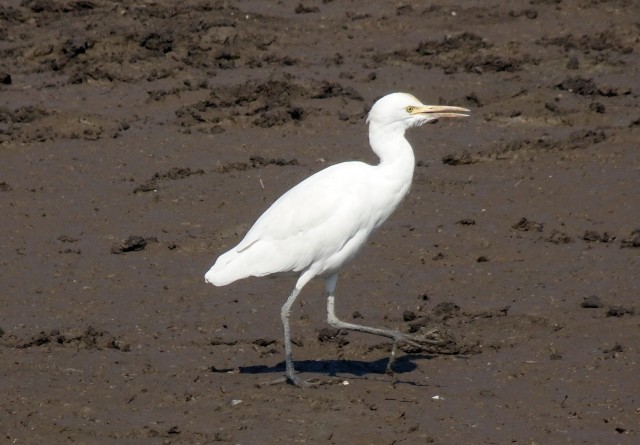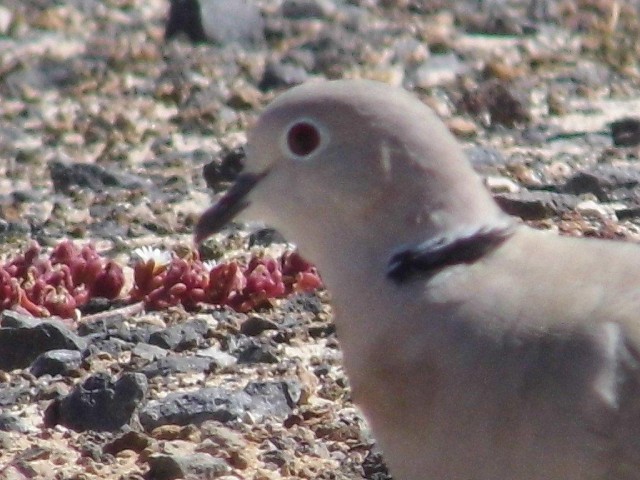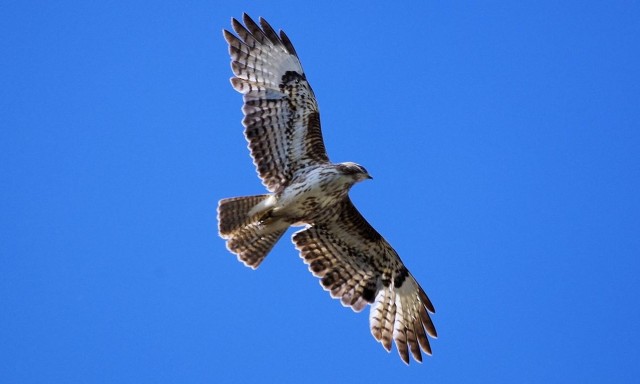Birds of Fuerteventura
In May 2009 UNESCO awarded Fuerteventura the status of a Biosphere Reserve. The eastern coast comprises of sand dunes and wetlands, and here many species of rare birds can be found. The inland provides habitat for a wide variety of rare birds such as the Houbara Bustard, the Egyptian Vulture, and the Fuerteventura Chat
You are welcome to upload your images, or links to videos, and also add your own listings to the nature section of the guide. Please register for a free account, and use the add listing button.
